In November, Break Free From Plastic released their 5th annual Brand Audit report. As well as documenting which companies are responsible for the majority of plastic counted this year, it analyses which corporations have been responsible for the majority of plastic pollution for five consecutive years.
The 2022 report consisted of 397 brand audits on six continents; 14,760 volunteers participated, counting and auditing 429,994 pieces of plastic from 4,645 parent companies.
The reports found that these companies were the top polluters for 2022!
- The Coca-Cola Company
- PepsiCo
- Nestlé
- Mondelēz International
- Unilever
- Procter & Gamble
- Mars, Inc.
- Philip Morris International
- Danone
- Colgate-Palmolive
Trash Hero contributed significantly to these findings. We submitted 30% (120) of the brand audits used in the report, 6.8% (29,504) of the plastics counted, and 18.2% (2,968) of volunteers that took part were Trash Heroes!

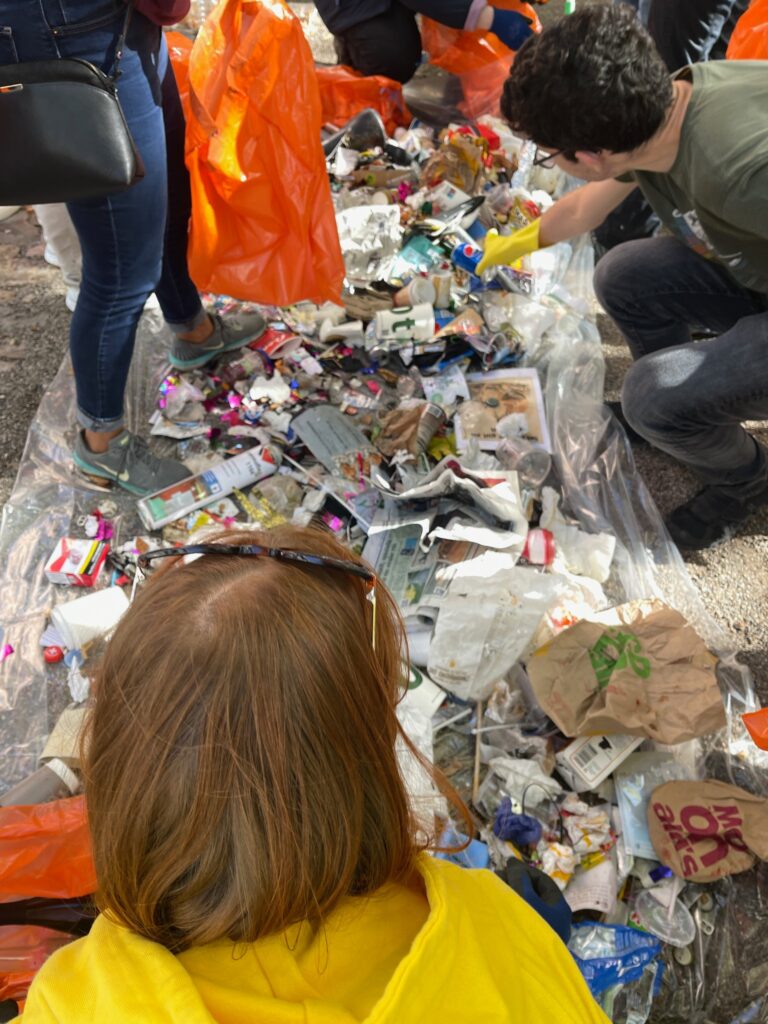
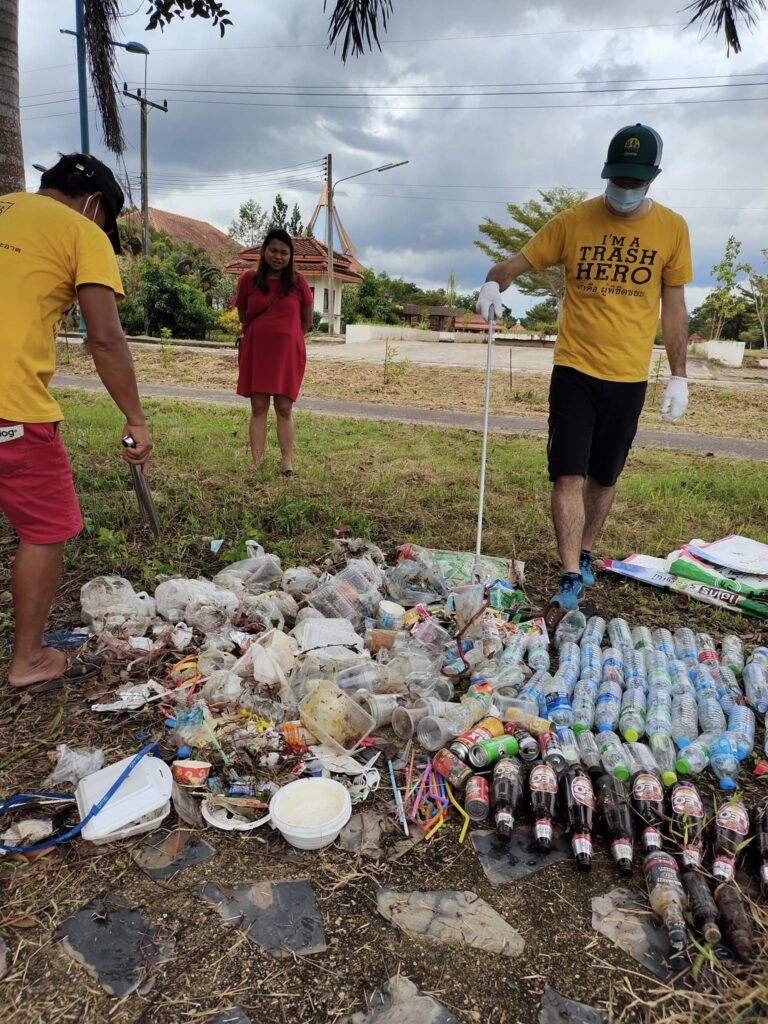
As this is the fifth annual brand audit report, Break Free From Plastic took the opportunity to analyse longitudinal data trends from the five years of data they have collected. They found that Coca-Cola, Nestle and Pepsico have consistently been the top single-use plastic polluters over that time.
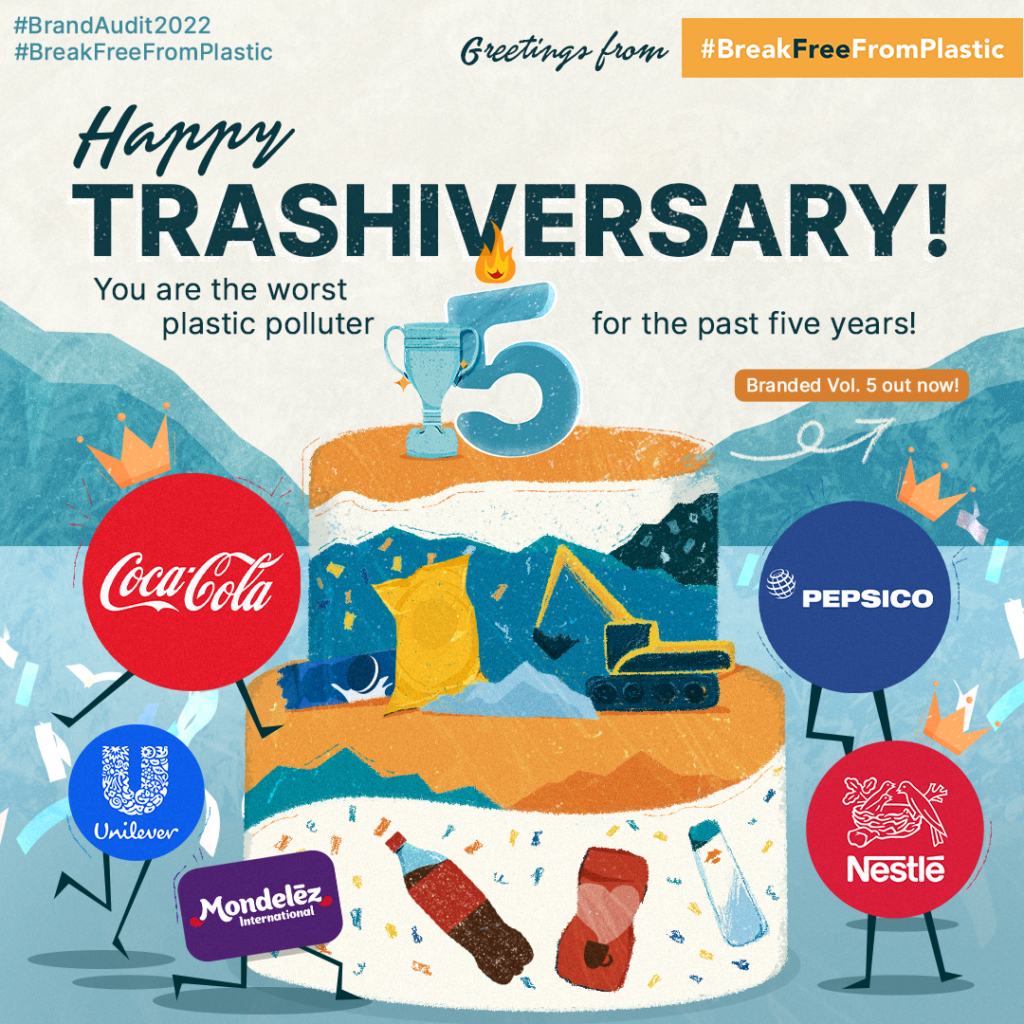
Coca-cola has been the worst plastic polluter by a significant lead, with the amount of Coca-Cola branded plastic increasing each year! According to the report, they accounted for 31,000 pieces of plastic collected during the brand audits – representing a 61% increase since 2021! This is unsurprising as a recent report found that their plastic production has increased by nearly 10%!
Break Free From plastic members submitted data from this report at the first annual INC meeting – a meeting of UNEA member governments to discuss the global plastic treaty. This crucial meeting started the negotiation process for the treaty’s terms and included representatives from the plastics industry and civil society groups. The information from the report highlights the need for large corporations to take responsibility for their role in plastic pollution, and it shows that the only way to reduce plastic pollution is to reduce the production of plastic.
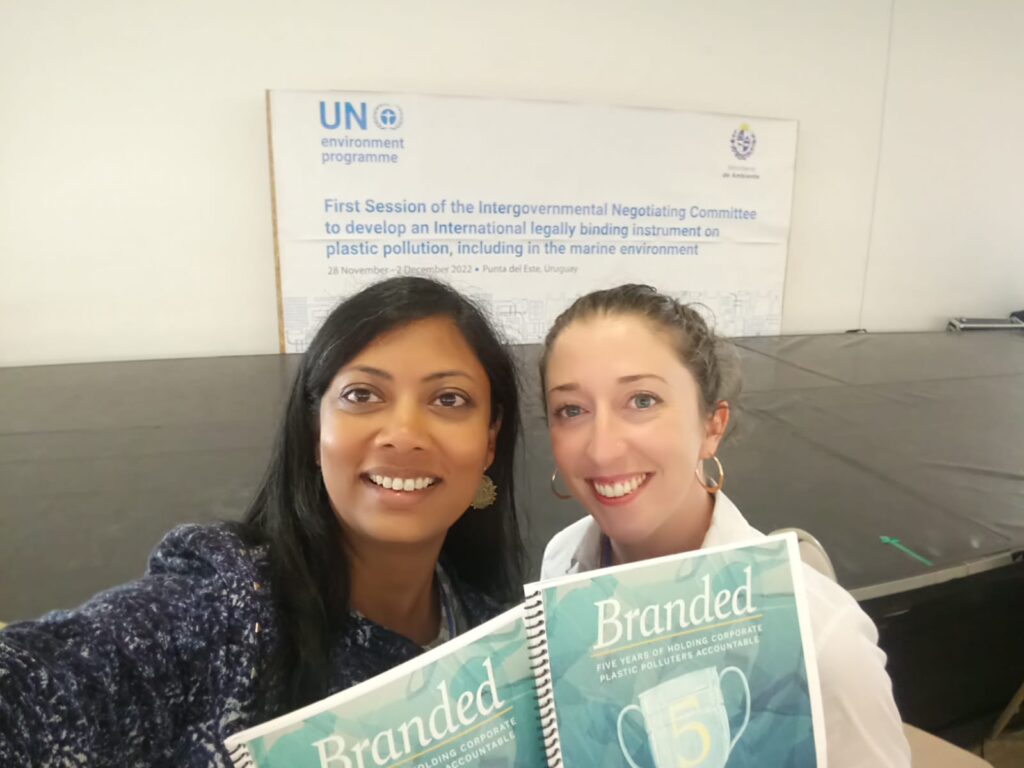
We are so proud to be part of such an important movement and play a role in influencing policies that will address the plastics crisis. We want to say a massive thank you to all of the Trash Hero volunteers who have contributed to this data over the years. We have been collecting data for this project since it began, and seeing it be part of such an important event makes the hard world worthwhile.
Thank you to Break Free From Plastic for analysing all the data and representing our views at the INC1 this week.
read more
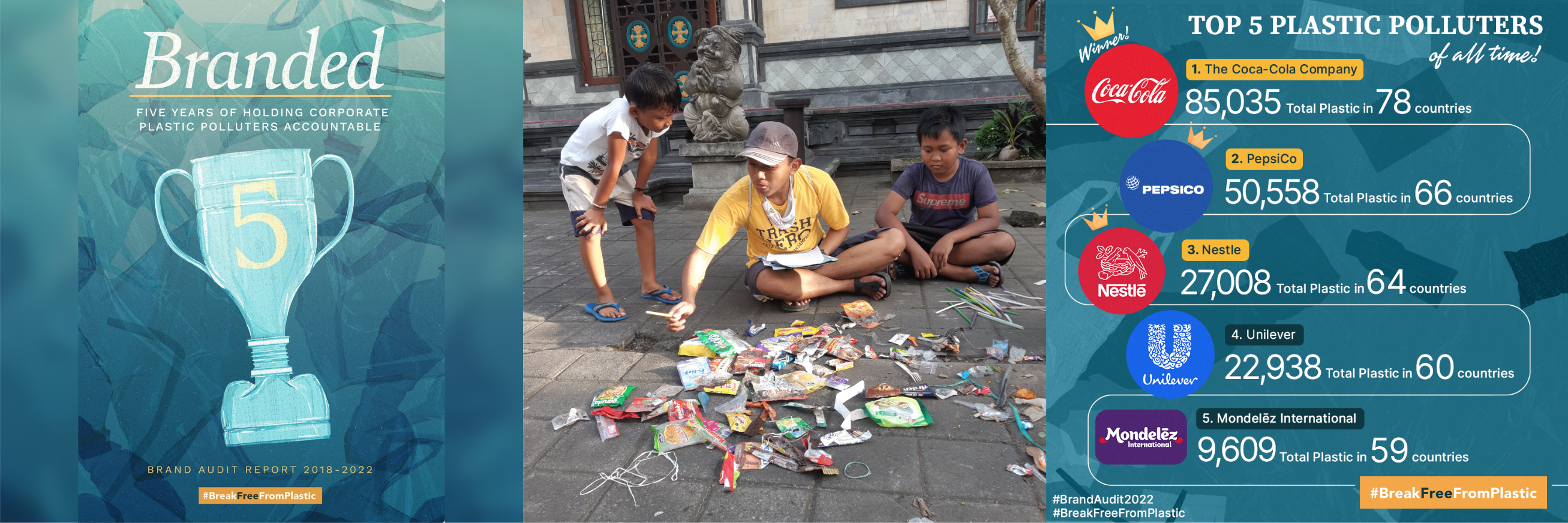


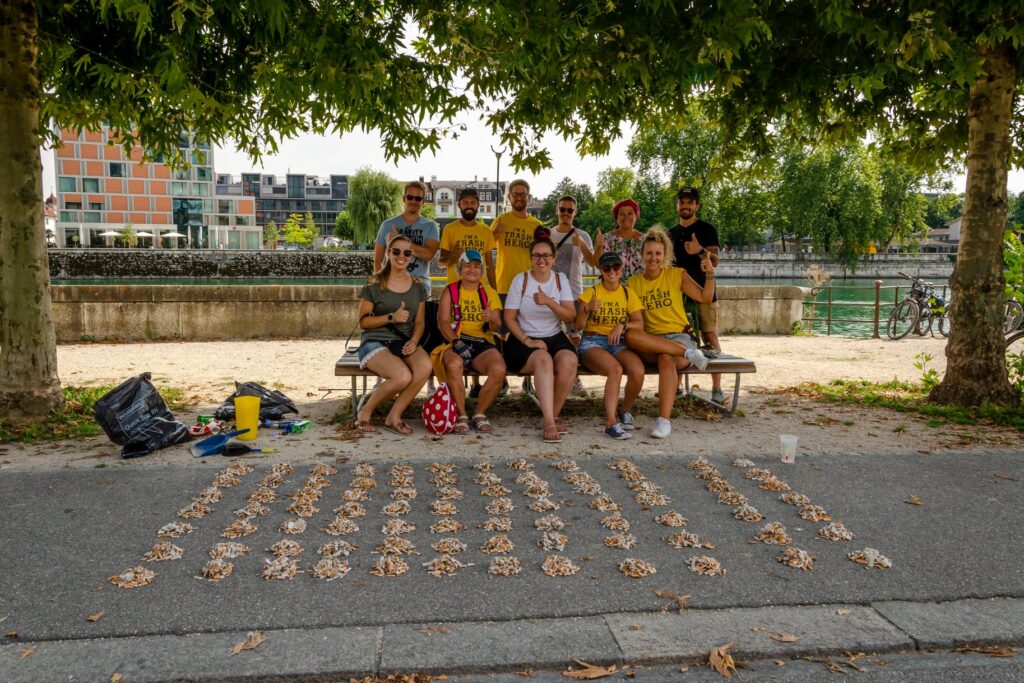

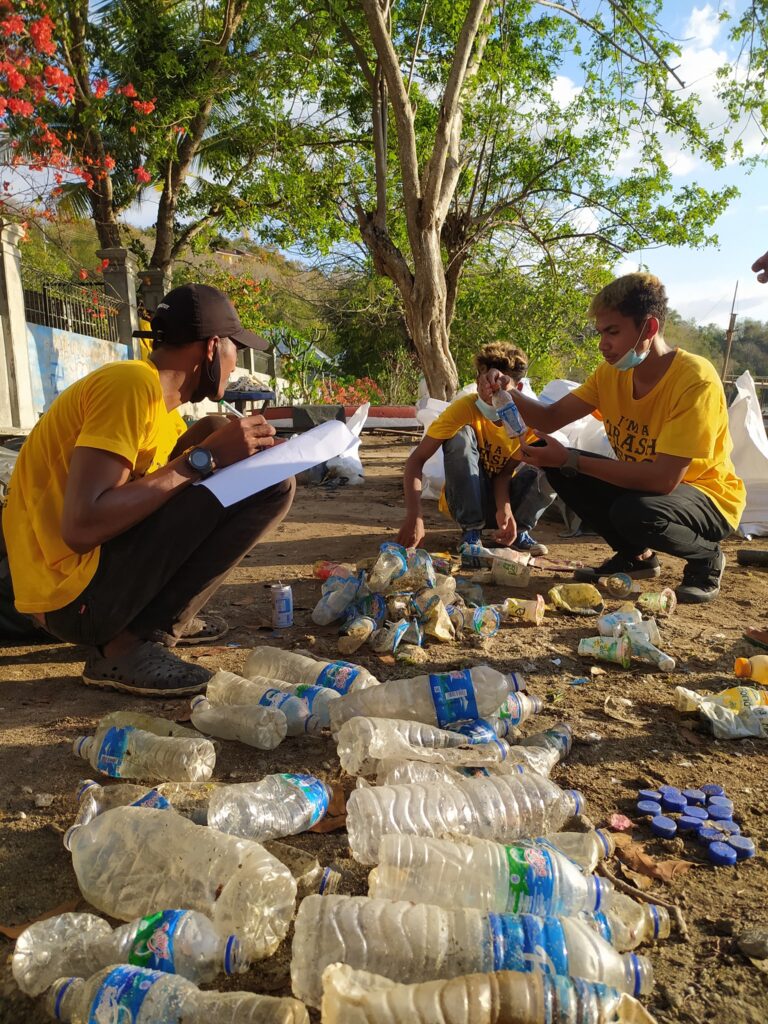
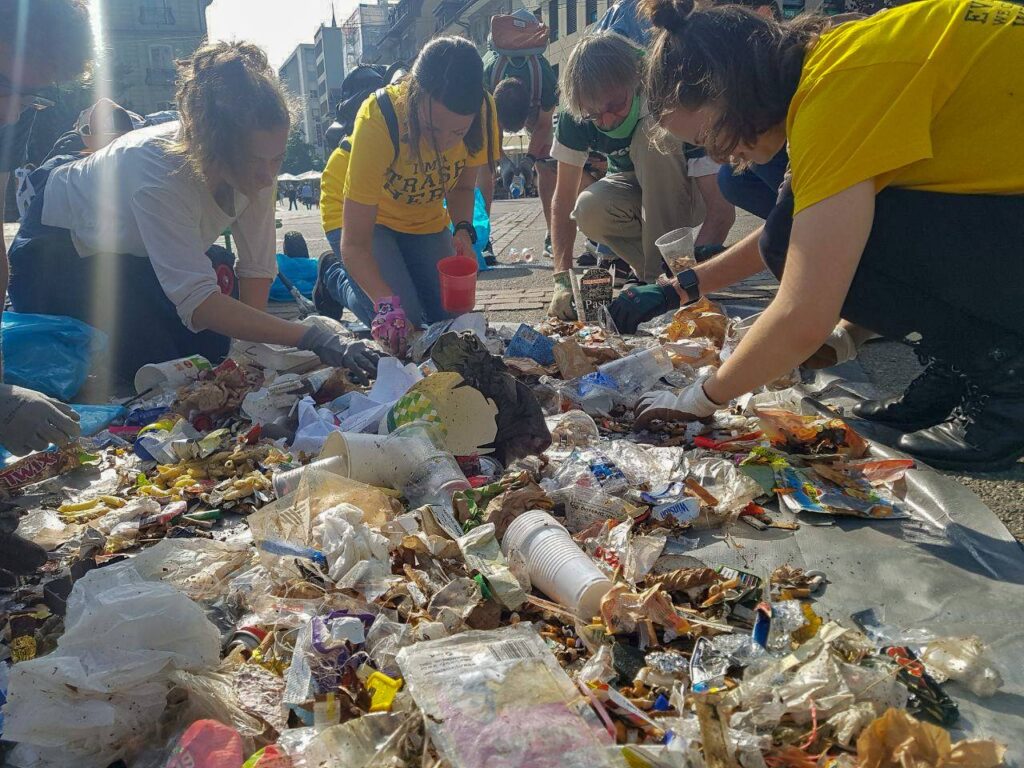
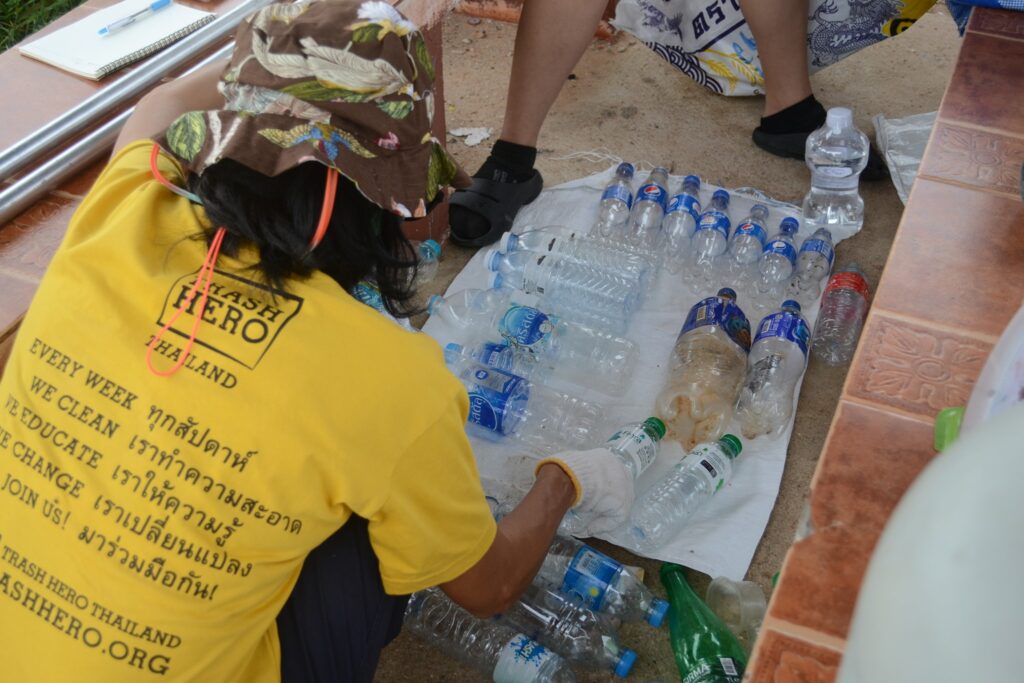
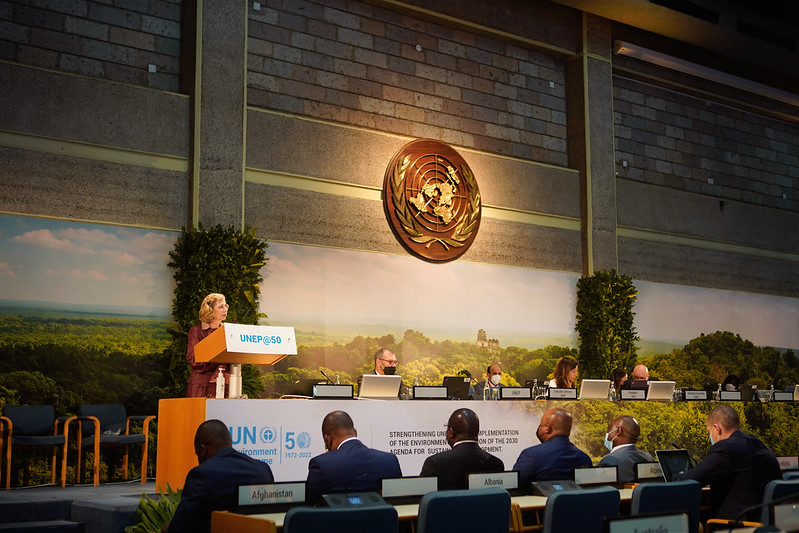
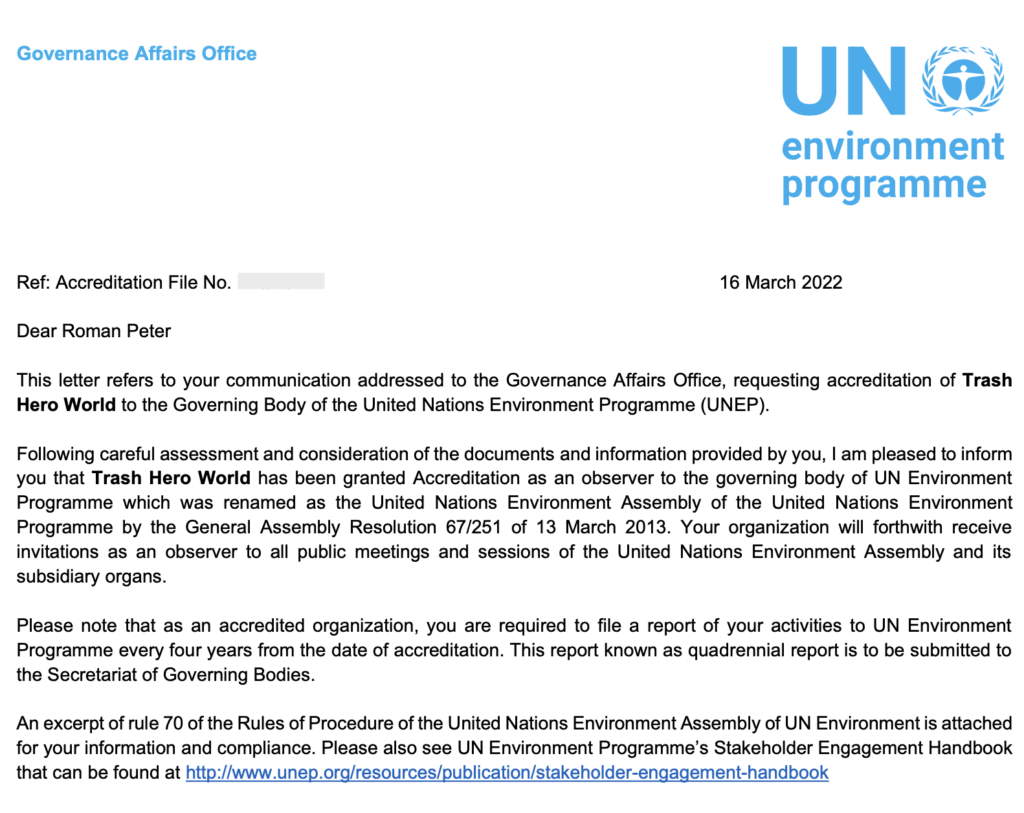
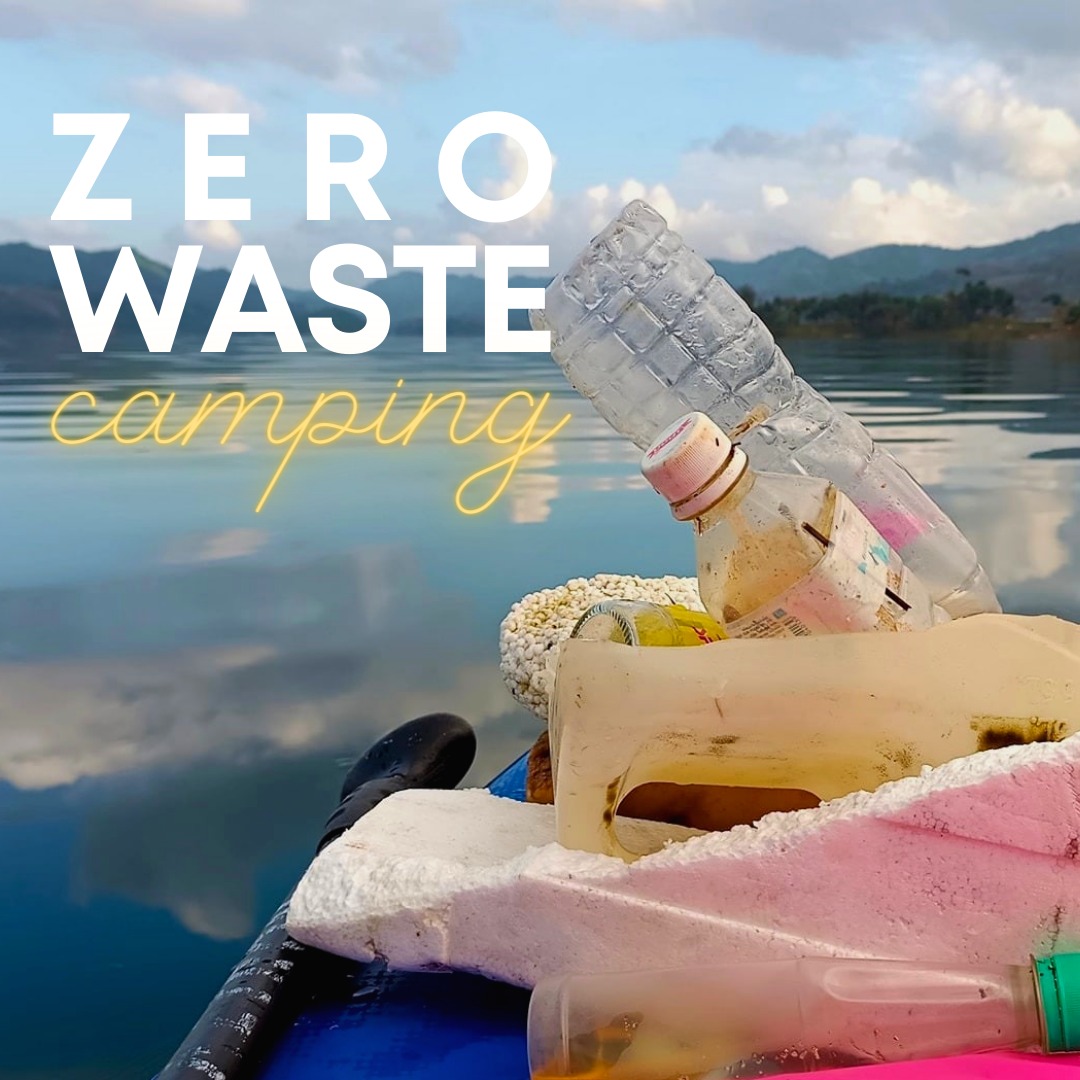



 In total the waste generated during the camp (4-6 Feb inclusive) was 31.6kg, with 16.6kg of organics and recyclables and 15kg of residual waste. 10.5kg of trash was picked up during the cleanup in the camp grounds. The trip was the sixth such event in Trash Hero Pattani’s “Zero Waste Camping” project, which they describe as a work in progress, refining the details each time. Already this year the amount of trash generated was halved, compared with the 2021 trip, where 95g of trash was logged per participant. Kudos to all involved, and for more information (in Thai) please visit the
In total the waste generated during the camp (4-6 Feb inclusive) was 31.6kg, with 16.6kg of organics and recyclables and 15kg of residual waste. 10.5kg of trash was picked up during the cleanup in the camp grounds. The trip was the sixth such event in Trash Hero Pattani’s “Zero Waste Camping” project, which they describe as a work in progress, refining the details each time. Already this year the amount of trash generated was halved, compared with the 2021 trip, where 95g of trash was logged per participant. Kudos to all involved, and for more information (in Thai) please visit the 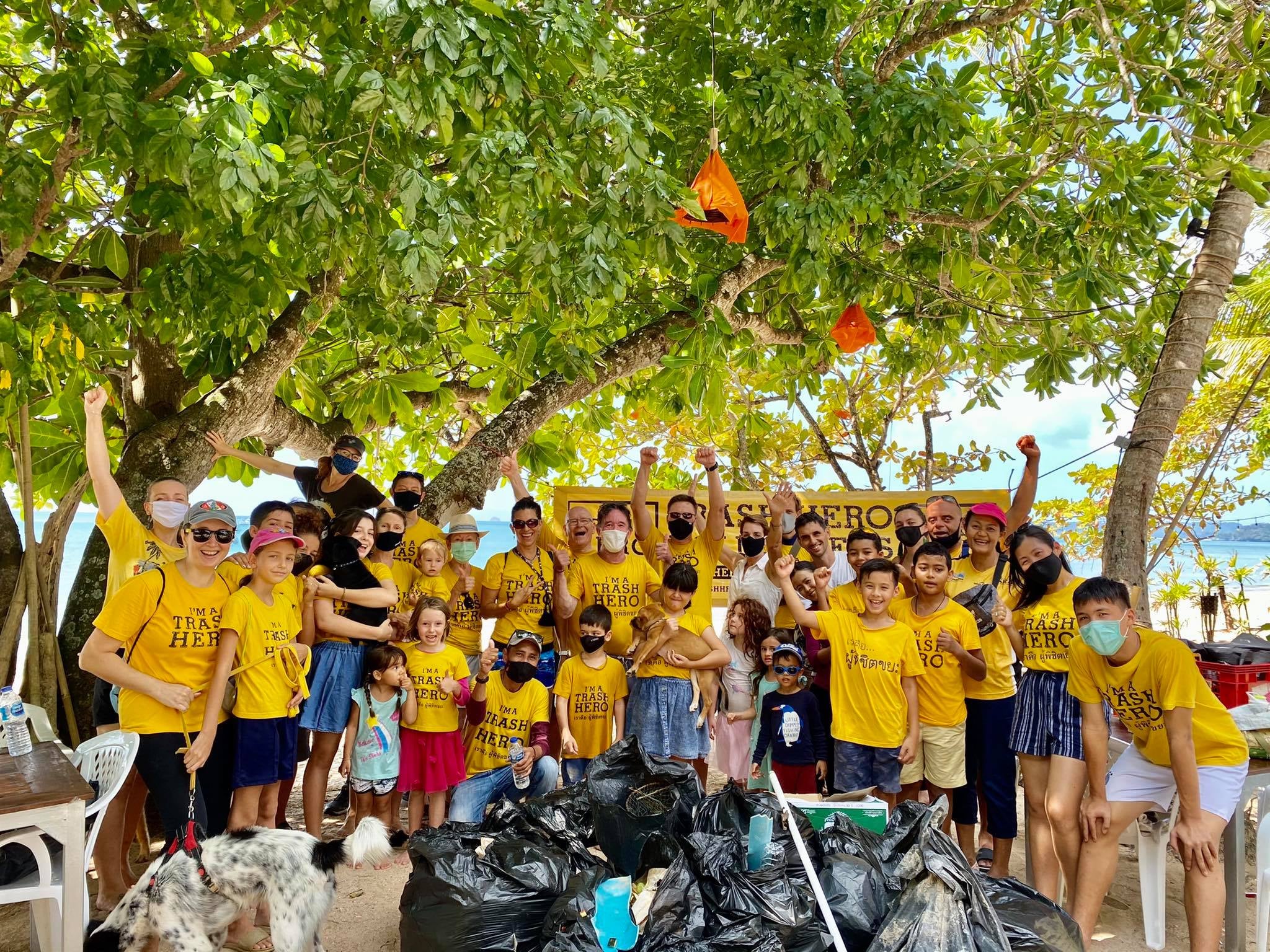
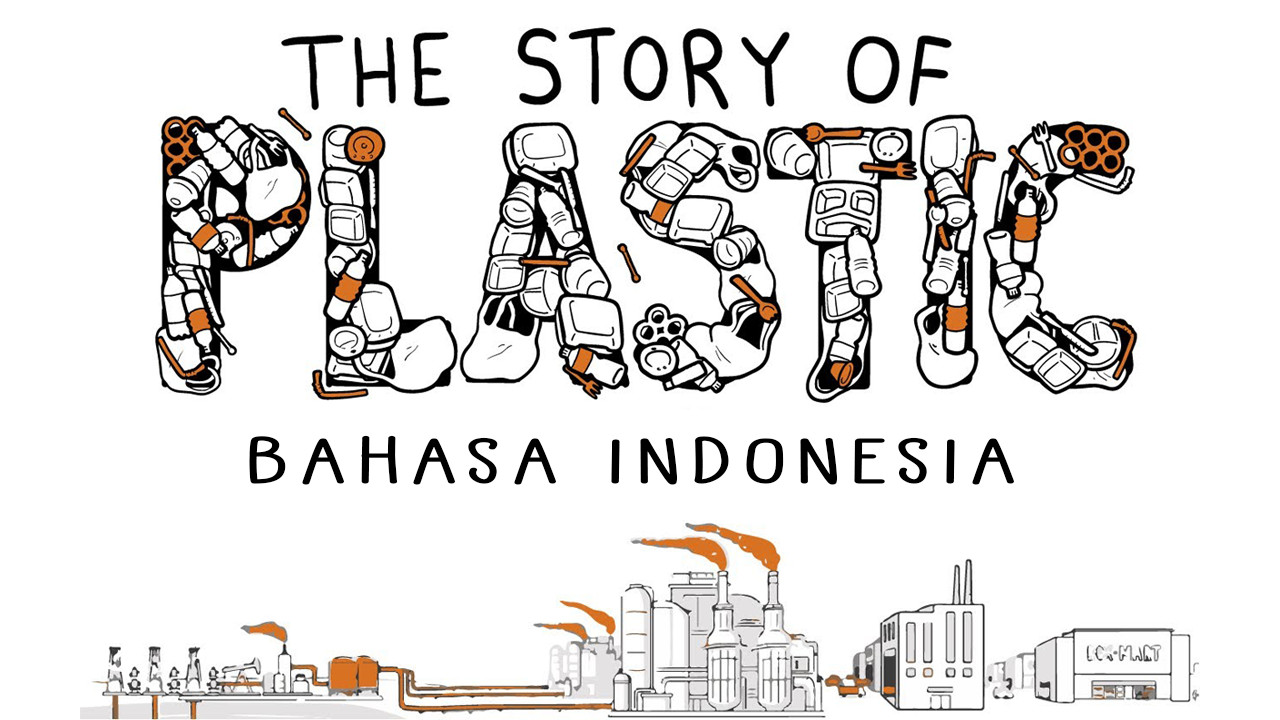





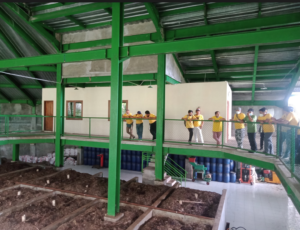

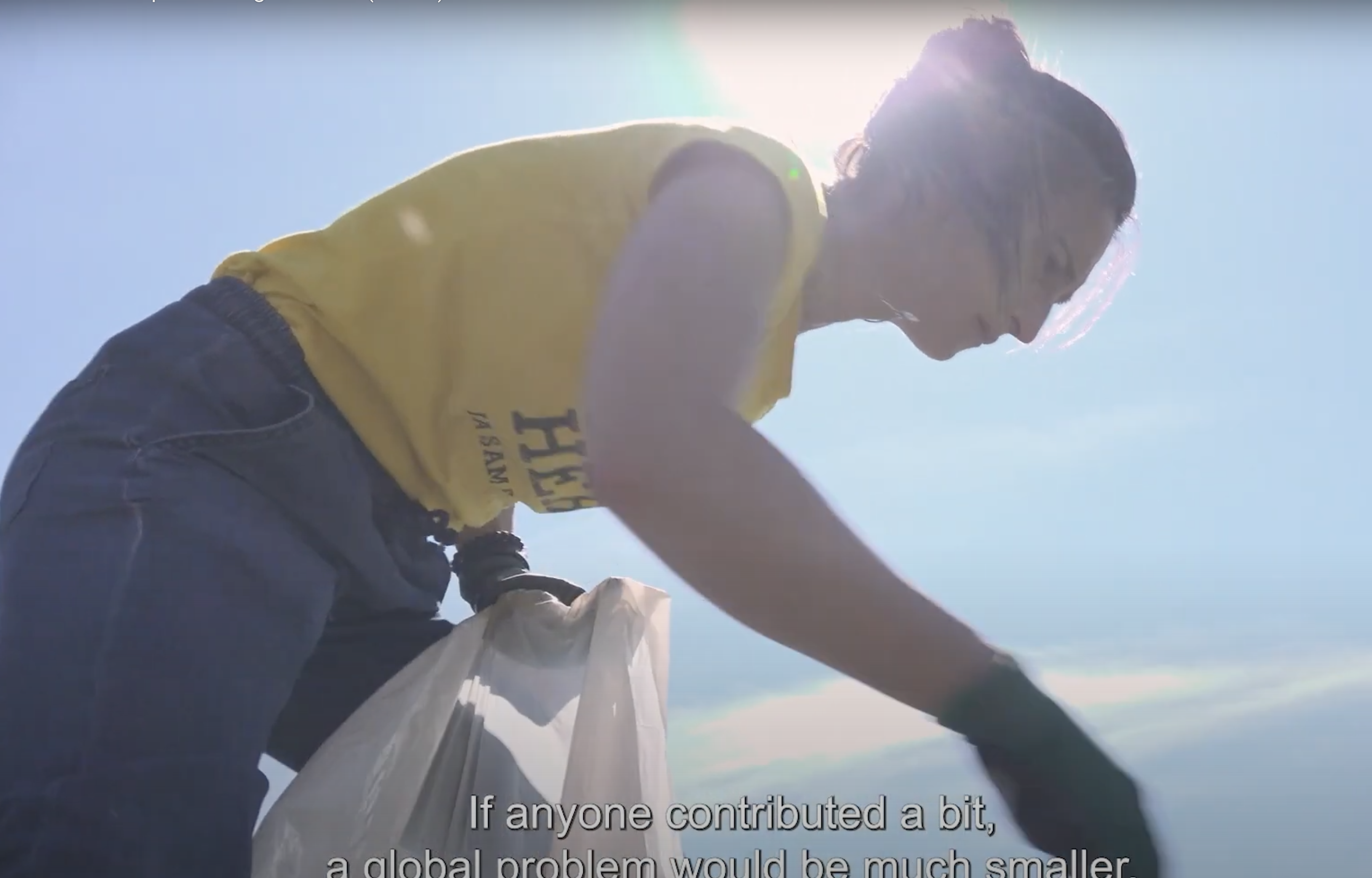





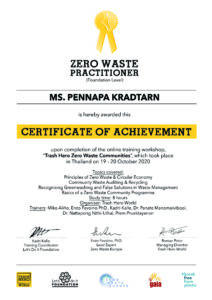 Despite the challenges of holding an online training programme, we were able to recruit a total of 81 participants for the live events. Out of these, 70 completed the two days and a further 51 did a follow-up activity to gain a certificate as a Zero Waste Practitioner (foundation level).
Despite the challenges of holding an online training programme, we were able to recruit a total of 81 participants for the live events. Out of these, 70 completed the two days and a further 51 did a follow-up activity to gain a certificate as a Zero Waste Practitioner (foundation level).